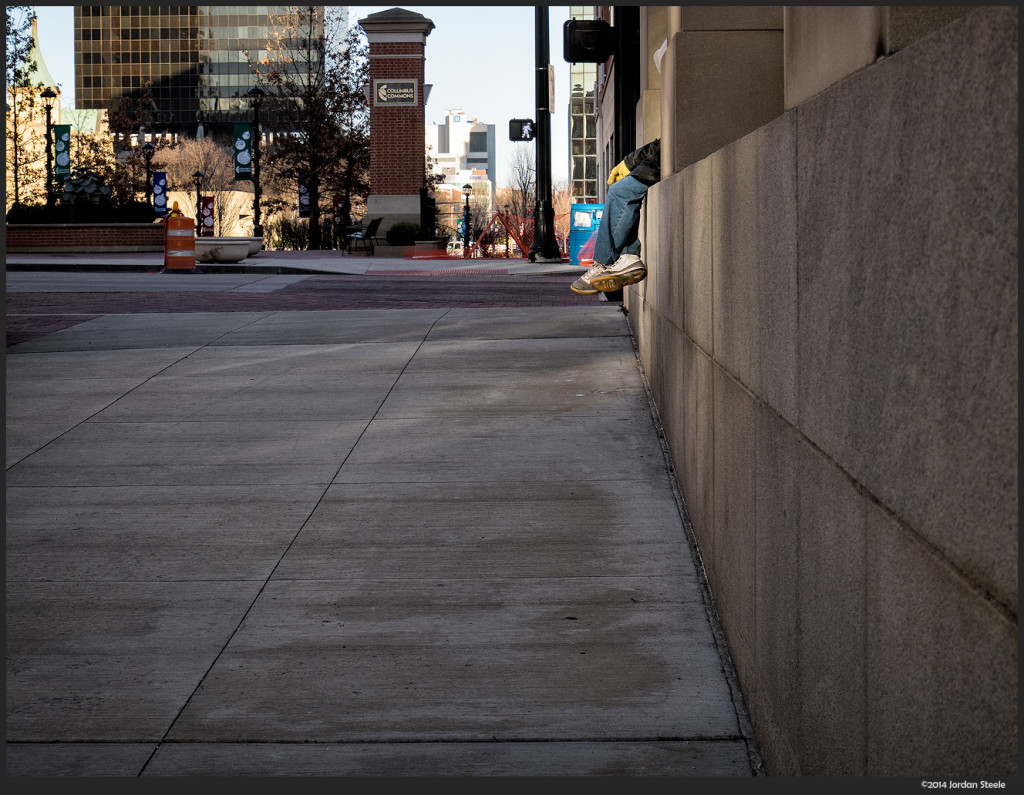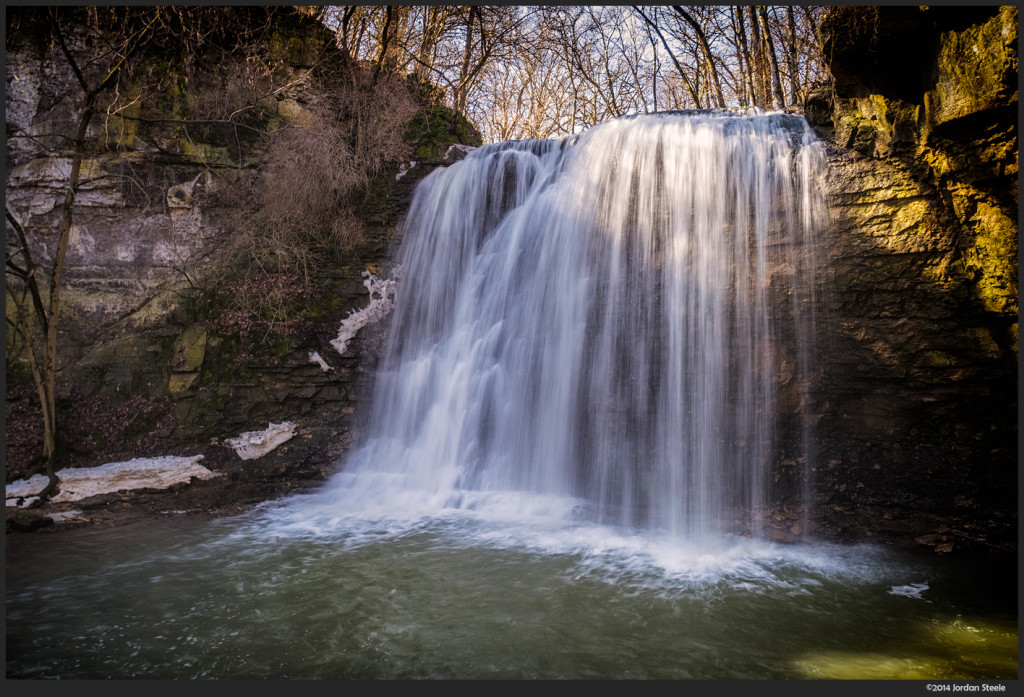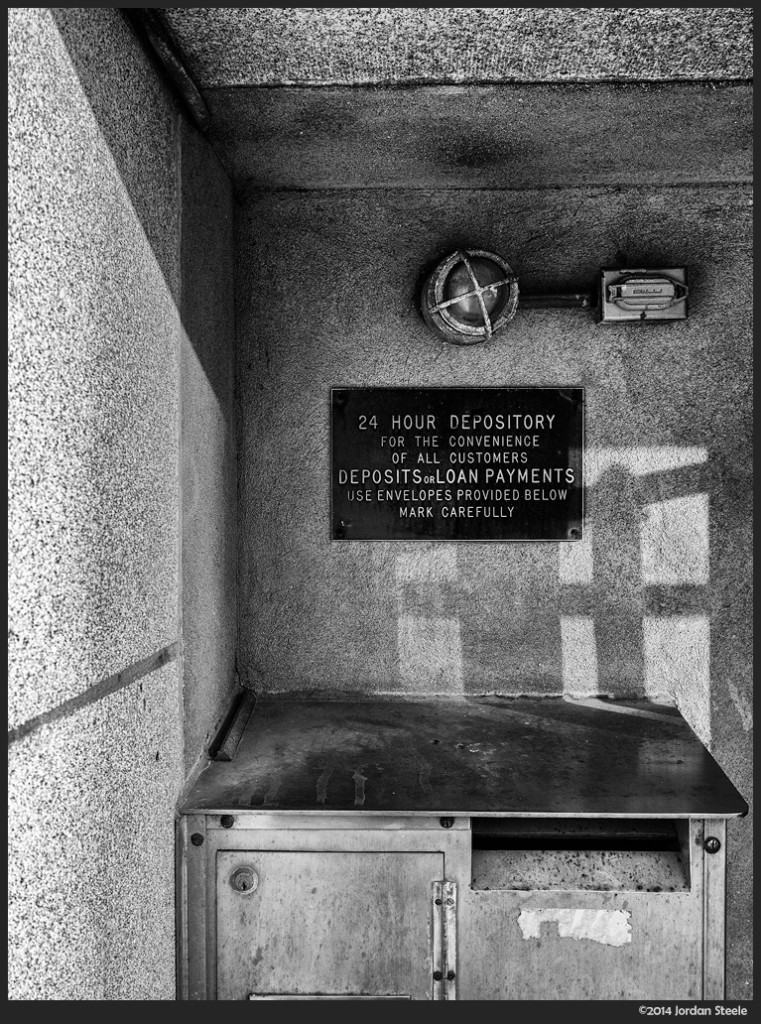Conclusion
Pros
- Exceptionally small camera
- Well built body with nicely laid out controls that maximize usability for a small camera
- Excellent rear LCD with touch capabilities that are smartly implemented
- Very good image quality with great dynamic range and good noise control
- Outstanding single shot autofocus is incredibly quick and extremely accurate
- Responsive camera with minimal lag and high frame rate burst modes
- Super quiet mechanical shutter and electronic shutter mechanism allows 1/16,000 second speeds
- Video is full featured and high quality
Cons
- Size comes at the cost of fewer direct controls and slightly more delicate handling
- Very slow 1/50s flash sync
- No flash hotshoe
- Continuous AF isn’t particularly good
- No in-camera RAW conversion
- Battery life is underwhelming
- WiFi connection is finicky and often failed when trying remote shooting (though you may blame the app vs the camera)
The Panasonic Lumix GM1 is all about size, and I have said many times in this review, it really is almost impossibly small. I’d read up on this camera quite a bit before I received it for review, and I still wasn’t prepared for how truly tiny it is.
In fact, the size made it so I had to remind myself of the true imaging power of the camera. When I was out in the early morning (see the first sample shot below), I had one point where I briefly had a thought skitter through my mind that the image quality was going to be less because of the small size…then happily remembered that I wasn’t actually shooting with a compact, but with a brand-new Micro 4/3 camera with a great sensor.
As a result of the small size, it almost makes sense to think of the GM1 as a sort of ‘super compact.’ It has all the benefits of an interchangeable lens camera, but all the size advantage of a compact camera. This is a camera that begs to be put in your pocket with the tiny (and excellent) pancake kit zoom or one of the other many outstanding and very small Micro 4/3 lenses. Putting the GM1 in a bag just seems like a waste of its talents. This is a camera built for carrying every day, and among pocketable cameras, it is perhaps the very best out there.
Panasonic may have minimized size, but they didn’t skimp on features. In fact, it has nearly every feature of the outstanding GX7 (reviewed here), with the exception of the EVF and in-body IS. The result is a tiny camera that packs a serious punch. Image quality is excellent, the controls are well thought out (though a bit cramped) and performance is outstanding. With the GM1 around, it would be very difficult to recommend one of the outstanding high-end large sensor compacts, especially given how good the included 12-32mm kit zoom is. (Read my review of the 12-32mm here.) Panasonic has made a very strong statement with this little gem.
Image Samples
(Click to enlarge)















Leave a Reply